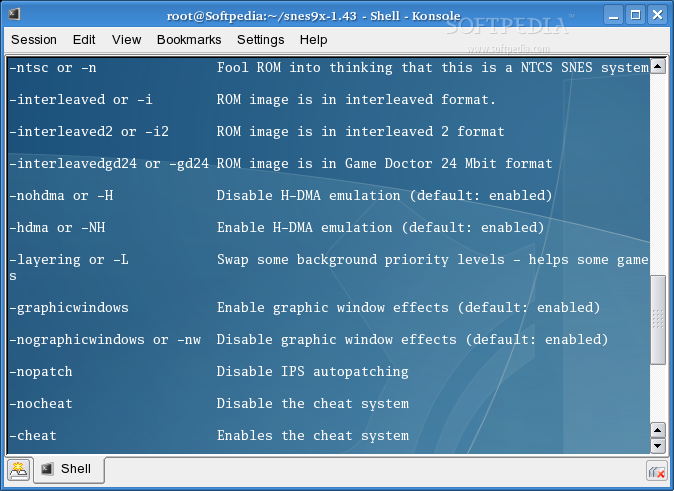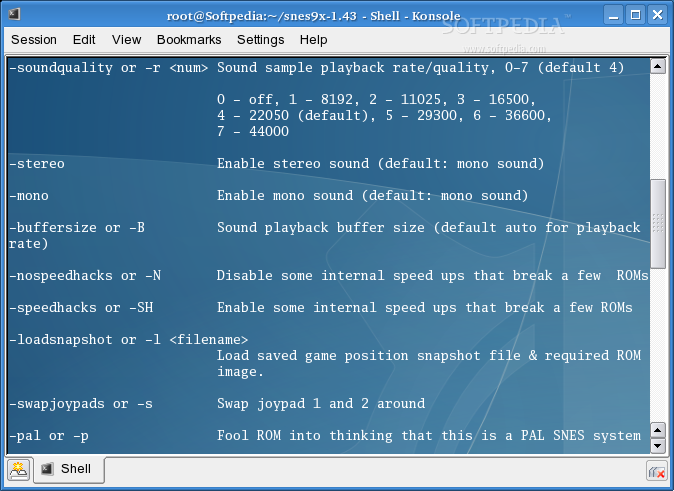
So, to get to the point has anyone successfully emulated NES and SNES on their HTC One's without frameskipping, slowdowns and/or sound jittering? If so, I'd like to know how you do it. It seems to me, especially noticeable in RetroArch, that there's one, or more, background processes that hogs a lot of the resources.
#Snes9x lag full#
Besides, the HTC One should be more than powerful enough for emulating both NES and (most) SNES games at 100% full speed.
#Snes9x lag android#
I've had several Android phones in the past and I seem to remember they could handle SNES emulation a lot better than this. I am only using NTSC (60hz) ROMs of course. In RetroArch the scrolling is smooth, but I get occasional slowdowns with sound stuttering and frame drops. This means that the input fed to the emulator was always that which was sampled after rendering the previous frame. It supports NES, SNES, Game Boy (Color) and PC Engine games. Turns out snes9x2002 had two issues with input lag: In the LibRetro layer: The emulator would first run to generate a frame, then the input would be sampled, instead of the other way around.
#Snes9x lag driver#
In Snes9x EX the scrolling just isn't smooth and the sound occasionally skips. Mesen is a multi-system emulator for Windows and Linux. Windows PC: Core i7-6700K stock frequencies Radeon R9 390 8GB (Radeon Software 16.5.2.1, default driver settings except OpenGL triple buffering enabled) Windows 10 64-bit RetroArch 1.3.4 lr-nestopia v1.48-WIP lr-snes9x-next v1.52.4 bsnes-mercury-balanced v094 RetroPie: Raspberry Pi 3 RetroPie 3.8.

I'm not even trying to play SuperFX games (like Star Fox), but "simple-to-emulate" games like Super Turrican, Metroid, Super Mario World etc. I'm a retro gaming geek, so one of the reasons I just swapped my iPhone 5 for a HTC One, is because I can run emulators without jailbreaking/rooting.Īnyways, I have installed both Snes9x EX and RetroArch, but both emulators really suffer in every game.

So I recently got my HTC One, currently updated with Android 2.2. If he's still transparent when the emulator is paused try changing the pixel format that opengl is using under pixel buffer format on the setting display tab.Hi guys, this is my very first post here on AndroidCentral. when link gets hit press the pause key you just assigned and it will freeze the emulator in place leaving the last frame displayed on the screen, from there you should see if link is either displayed fully opaque, or not at all. If you want to be sure you can go into the settings shortcuts tab and assign pause a key, such as p on your keyboard (note this pause is not the same as the one you're using as your start button). in other words what method you use to output the graphics, either opengl or software, shouldn't affect how the sprites the snes uses are being rendered on screen.

using opengl to render the frame improves performance by allowing the graphics chip to handle the scaling and transfer which frees up the cpu.

#Snes9x lag update#
like most emulators snes9x generates graphics per scan line and then copies the entire video frame to memory for each update (at 60 fps). it could be that you weren't noticing the correct effect before due to software scalers not being fast enough to refresh with each video frame or before the vertical retrace. For some reason it wasn't being created automatically. Added a temporary quick fix to create S9XTYLSAVES folder in /PSP/SAVEDATA directory. This will render 240 lines on NTSC games that need it, for example: Daisenryaku Expert. Are you sure you're not just misinterpreting what you're seeing on screen? when link gets hit the sprite flashes on and off each frame, when displayed properly it is supposed to appear as if it's transparent. To use it just disable Render PAL as NTSC option in VIDEO Menu.


 0 kommentar(er)
0 kommentar(er)
